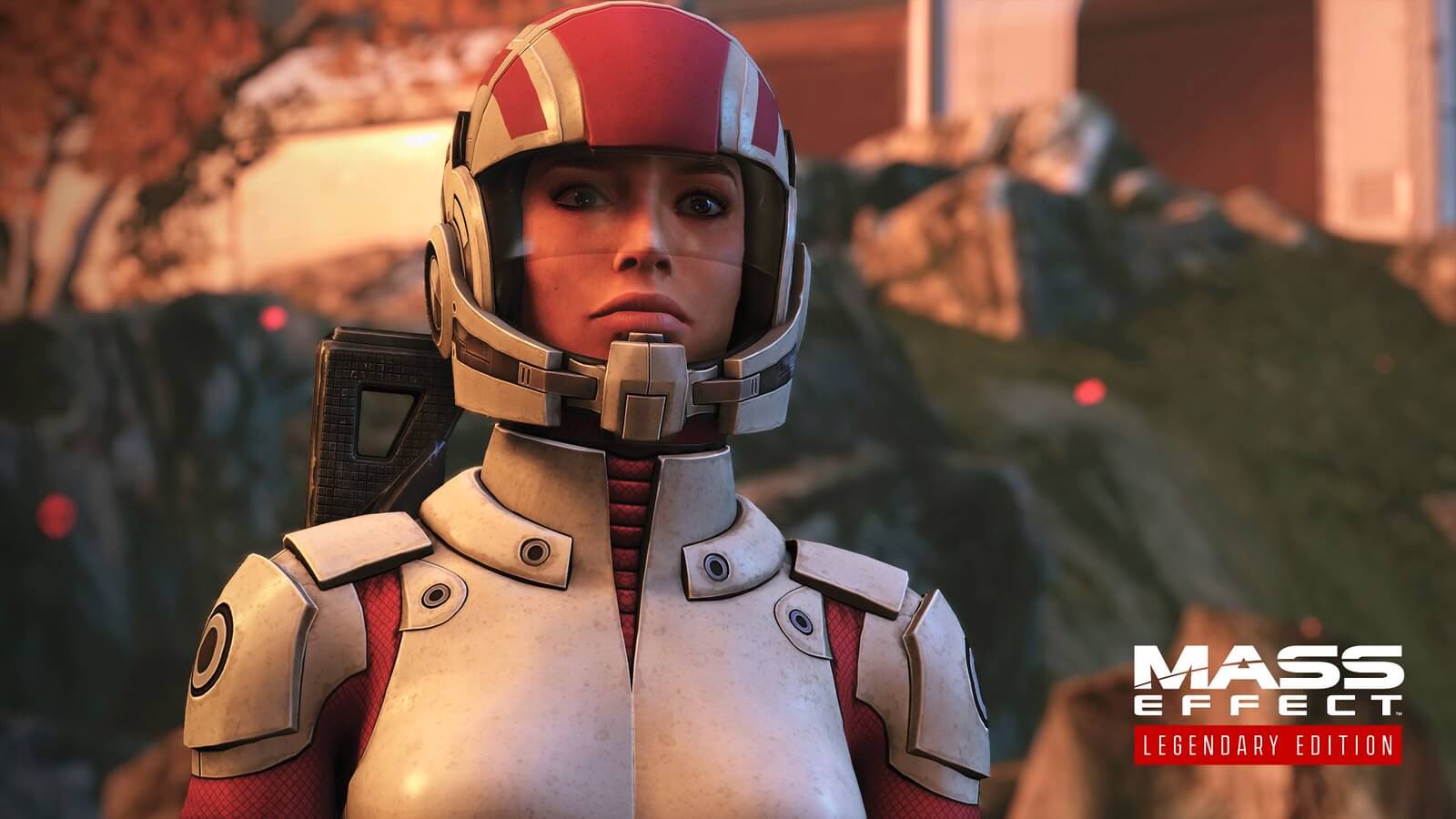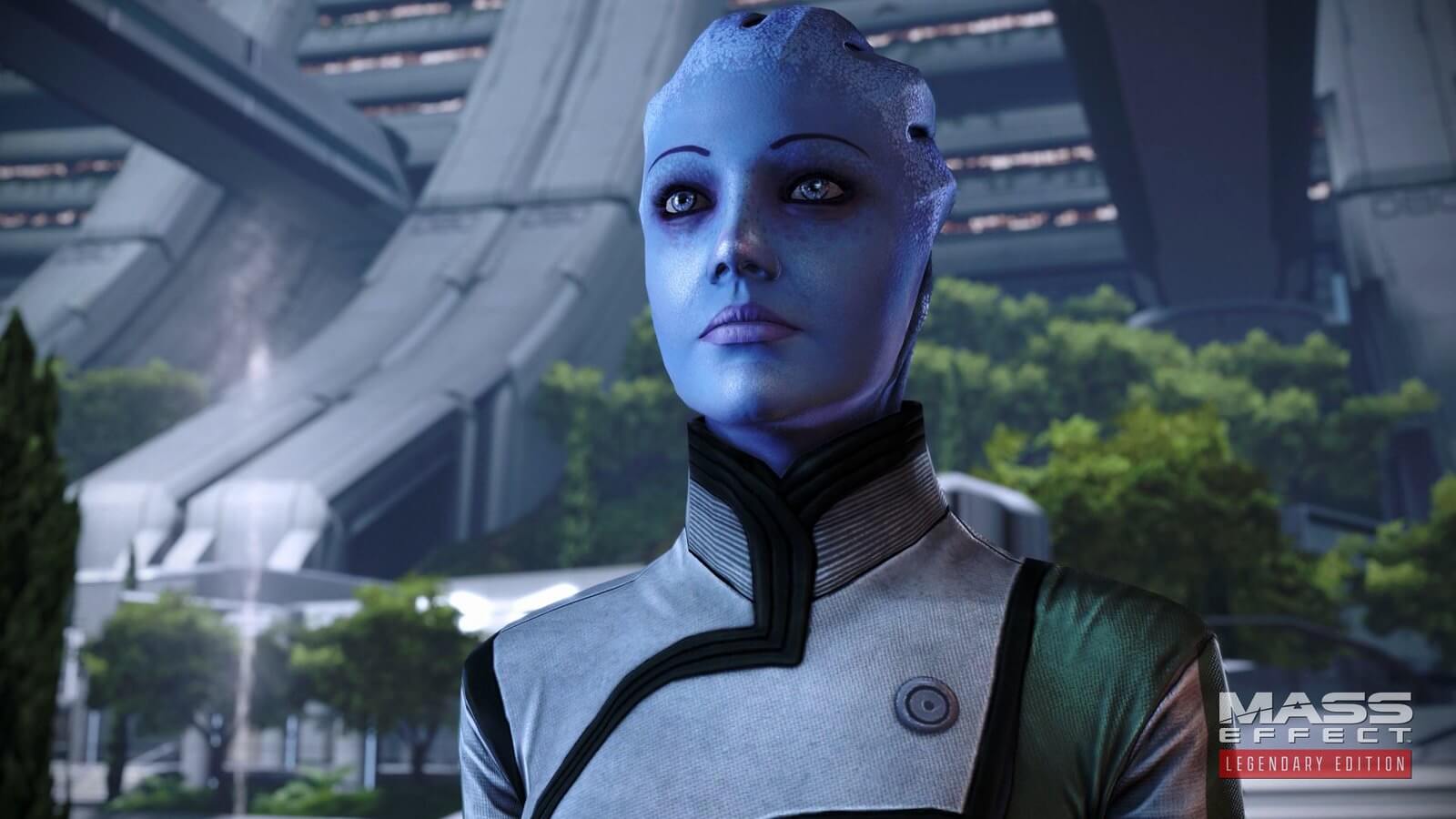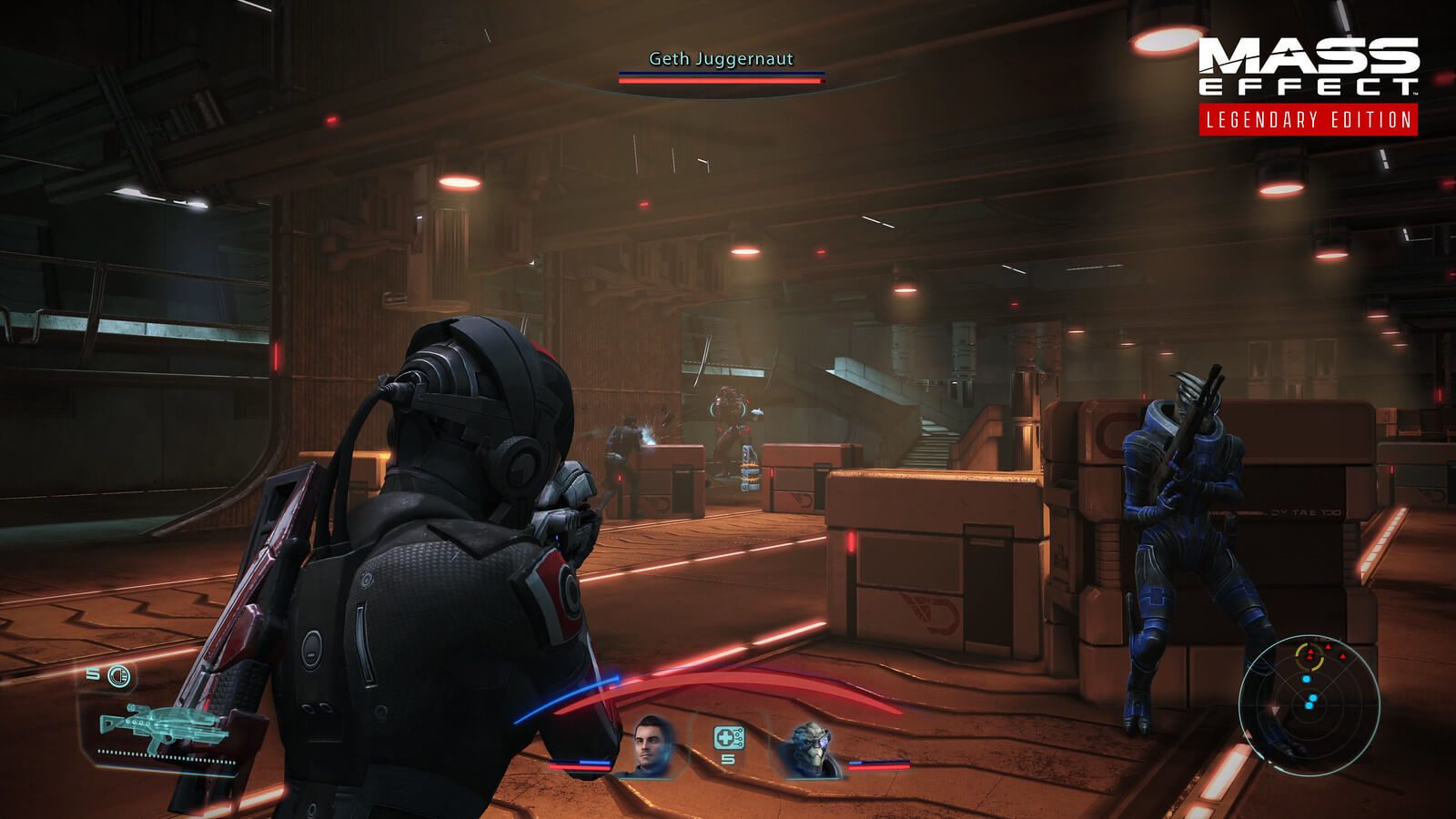Schlagwort: bioware
-

Mass Effect Legendary Edition: A detailed look at visual enhancements to the celebrated trilogy
Reading Time: 10 minutesWelcome back, everyone! The art of Mass Effect supports and builds a universe in which rich stories and characters can be fully realized. It may sound somewhat counterintuitive, but as artists—especially on this remaster—we want players to be able to experience the trilogy again, or for the first time, without being distracted…
-

Mass Effect Legendary Edition: Noch mehr Neuigkeiten!
Reading Time: 9 minutesWillkommen zurück! Mass Effect und sein besonderer Look bilden und supporten ein Universum mit großen Geschichten, Charakteren und mehr. Es klingt vielleicht ein bisschen komisch, aber wir Artists – vor allem jetzt im Remaster, wollen euch die Trilogie erleben lassen (ob neu oder erneut), ohne dass ihr von der Grafik abgelenkt werdet.…
-

Mass Effect Legendary Edition: Das hat sich verändert
Reading Time: 9 minutesEure Begeisterung zur Mass Effect Legendary Edition seit wir es beim N7 Day verkündet und erste Einblicke gezeigt haben, hat uns umgehauen. Heute wollen wir euch zeigen, worauf ihr euch im Remaster freuen könnt. Es gibt einige Informationen zur Legendary Edition, von verbessertem Gameplay, bis zum neuen Balancing und noch mehr. Nächste…
-

Mass Effect Legendary Edition: Rebalancing, tuning, & mechanical improvements
Reading Time: 9 minutesEver since we announced Mass Effect Legendary Edition on N7 Day and revealed a first look at it earlier this year, your passion and excitement have blown us away. Today, we’d like to give you more details on what you can expect to see in this remaster. You’ll find the latest information…



